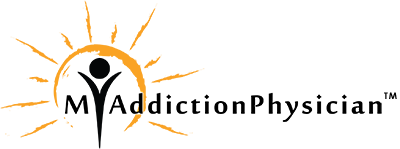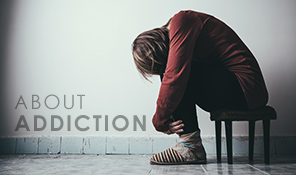Prescription drug abuse happens when someone takes a prescription drug intentionally, outside of receiving a legitimate prescription for a medical condition. This is usually done for to obtain a high, or whatever feeling that it causes the user to experience. According to the National Institute on Drug Abuse, there are around 48 million people 12yrs and older in the U.S. that have used prescription medications for reasons unrelated to a medical condition. That is nearly 20% of the population of the United States! In recent years the number of cases reported for prescription dug abuse, addiction, related ER visits, and accidental overdoses have all significantly increased. Also important to note is that the overall number of prescriptions by health care providers for these drugs have also increased dramatically in recent years.
There are three general classes of prescription drugs that fall into the ‘most frequently abused’ category, and they are:
Opioids – these opiate-based prescription drugs are narcotics that frequently get prescribed to patients dealing with some form of severe pain, whether acute or chronic in nature.
Central Nervous System (CNS) Depressants – this category includes prescription drugs called benzodiazepines. Variants include drugs like Xanax (alprazolam), Klonopin (clonazepam), Valium (diazepam), Ativan (lorazepam), and numerous others used in a diverse array of medical applications ranging from anxiety and sleep disorders to alcoholism and restless leg syndrome (RLS).
Central Nervous System (CNS) Stimulants – this category includes such drugs as Ritalin (a methylphenidate) and Adderall (an amphetamine/dextroamphetamine mixture). These types of prescription drugs have been used by doctors to treat sleep disorders like narcolepsy, as well as attention deficit disorders like ADHD where hyperactivity and impulse control are problematic.


